When Agnes-Ann Froude had a bad nose bleed, she had no idea that was the start of a sequence of events which would culminate in her having a stroke.
The 73-year-old fell ill exactly a year ago in January 2024 after she had a stroke at home in Kinghorn.
Medics acted quickly and she underwent a surgical thrombectomy – a procedure which removes the blood clot causing the stroke – at Ninewells Hospital in Dundee.
You can read more about the details of how a thrombectomy below.
As a result, the retired mental health social worker went on to make a full recovery.
But she believes this was only possible because of the surgery.
“My recovery from stroke was fantastic because the thrombectomy is this amazing procedure,” she says.
“Within a couple of days I was out of hospital after having it and I was functioning. It was incredible.
“I have had no long term effects from the stroke at all.
“I am incredibly lucky.”
When did Agnes-Ann have a nose bleed?
Just after New Year in 2024, Agnes-Ann and her husband Ken were visiting their son Stuart and his family in Manchester.
But during their stay, Agnes-Ann had a really bad nose bleed.
“I had to go to A&E because my nose was bleeding for hours,” she explains.
“I have had the odd nose bleed before but this was very heavy and I couldn’t stop it.
“Eventually it stopped and my husband and I came home.
“But then a couple of weeks later, my nose started bleeding again.
“I was admitted to Victoria Hospital in Kirkcaldy where my nose was packed to stop the bleeding.
“The medics then took me off the blood thinners I was taking, due to having a heart condition, to stabilise me.”
She was discharged a few days later.
What happened when Kinghorn’s Agnes-Ann had a stroke?
The day after she had got home from hospital, Agnes-Ann had got out of bed, washed and dressed before sitting at her dressing table.
“I was just brushing my hair,” she explains.
“The next thing I knew I collapsed.
“I was lying on the floor and couldn’t move, but I was aware. I could hear my husband talking on the phone.
“And I remember thinking you need to come and help me.
“Ken came off the phone and then it rang again.
“Fortunately he was only on again briefly and when he came off he realised there was silence.
“He came through and found me on the floor.”
Agnes-Ann continues: “He phoned 999 and had to do CPR on me because he struggled to find a heartbeat and get my pulse.
“An ambulance arrived around 10-15 minutes later.
“I couldn’t move and was paralysed down my right hand side.”
Having a thrombectomy at Ninewells Hospital
An ambulance crew got Agnes-Ann to Kirkcaldy’s Victoria Hospital where she was assessed by medics.
“Ken was with me and he could hear them saying ‘we have a choice: either massive doses of blood thinner.
“‘Or possibly a transfer to Ninewells for a thrombectomy if they will take her’ ”.
“They had done scans which showed there was a blood clot in the artery above my ear on the left hand side of my head.
“But one of the stroke nurses at Kirkcaldy noticed my right hand was moving and mentioned it.
“At that stage they decided to transfer me to the stroke unit at Ninewells for assessment.”
What is a thrombectomy?
After a further scan and tests at the Dundee hospital, doctors decided she was eligible to have a surgical thrombectomy to remove the blood clot.
Thrombectomy involves inserting a very small, wire cage into a patient’s groin.
It travels up through the body into the brain.
Large blood clots can be located and pulled out. This gets blood flowing again, which can save patients from disabilities or death.
Thrombectomy can currently only be used to treat patients with blood clots in the brain’s large central vessels.
It can’t be used to treat haemorrhagic strokes (bleeds to the brain).
And eligible patients have to have it done within six hours of stroke symptoms starting.
Agnes-Ann says: “I was wheeled into theatre and could see the medical staff all standing in a circle talking about things.
“I was conscious but sedated throughout the procedure.
“There was a machine above me moving which fascinated me, but with a local anaesthetic for the catheter, I didn’t feel a thing.
“The surgeon who operated on me was a German lady.
“Eventually she bent over me and said: ‘You are going to be fine my dear’ which I was happy to hear.”
On the road to recovery after stroke
Agnes-Ann had a further scan before she was then transferred from Ninewells back to Victoria Hospital.
“I was shocked when I was told I had had a stroke because I hadn’t a clue what was going on.
“I was doing everything I was told.
“After the thrombectomy my memory and speech wasn’t affected.
“And I had no more paralysis on my right hand side.
“In fact, the doctor came in after the procedure, sat in front of me and asked me to pull him towards me so he could assess my strength.
“I nearly got him off his feet! One side was just as strong as the other!
“I have had no long term effects.”
Family support
Agnes-Ann is grateful for the support of her family, including son Stuart, 43, and daughter Jennifer, 45, as well as her friends.
But she is especially thankful for her husband Ken, who is a retired Kirkcaldy minister, as the outcome could have been very different had he not acted quickly.
“He got a fright because he saw it all happening and had to do CPR.
“Had he not done that, I would have been severely affected so I owe him one.”
She adds: “I was extremely lucky that I met all the criteria for a thrombectomy.
“I was also fortunate that it happened during the hours the unit is open, that I lived close enough to Dundee where the procedure is carried out and that I met the time threshold elapsing between onset and treatment.
“Otherwise the outcome might have been very different.
“Before this happened I had never heard of thrombectomy.
“But now I am very grateful for it and for the wonderful care and professionalism of the NHS staff from start to finish.”
Thrombectomy is a ‘massive postcode lottery’
John Watson, associate director for the Stroke Association in Scotland, says thrombectomy is one of the ‘most effective’ stroke treatments available.
“Scotland has been promised a national thrombectomy service for years, but we are still nowhere near achieving this.
“In 2023, only one in seven patients in Scotland who needed the procedure received it.
“That means around 1,000 Scots missed out on the chance to have a better outcome following their stroke.
“Thrombectomies are performed at three hubs in Dundee, Edinburgh and Glasgow with patients transferred there from other hospitals.
“A patient currently stands a much better chance of getting a thrombectomy if they live near Ninewells, the Royal Infirmary of Edinburgh, or Queen Elizabeth University Hospital.
“Even then, the procedure is only available at certain times – NHS Lothian is the only Scottish health board where it is carried out at weekends.”
Jane-Claire Judson, CEO of Chest, Heart & Stroke Scotland adds: “We feel that thrombectomy is still a massive postcode lottery in Scotland.
“We’re campaigning for round the clock access, so all eligible stroke survivors can get access.”
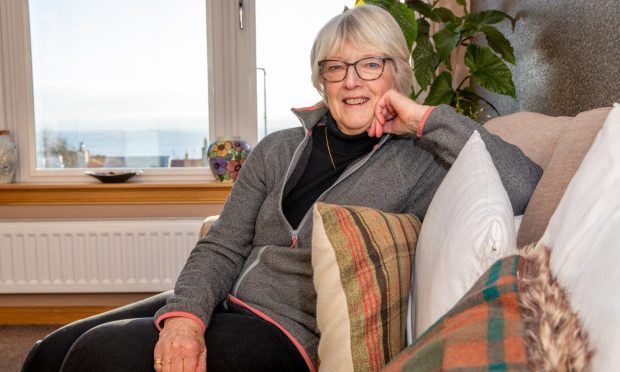
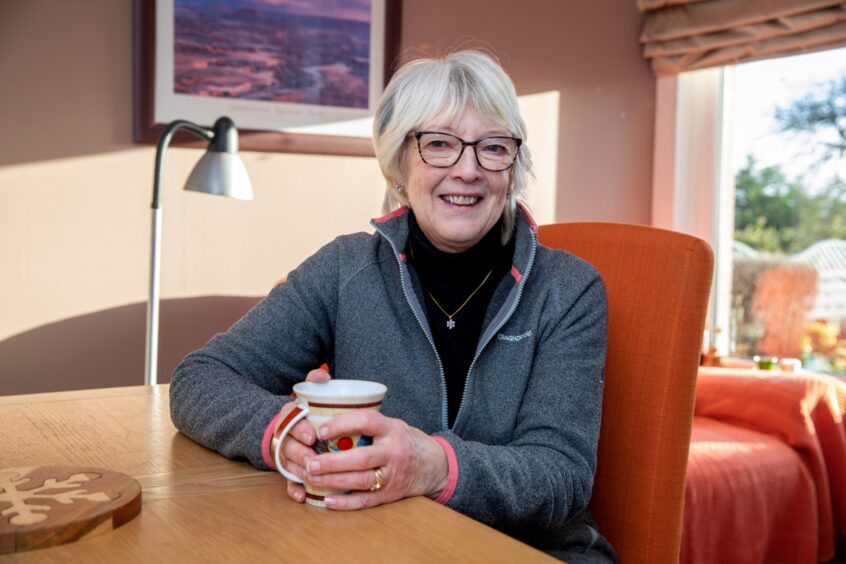
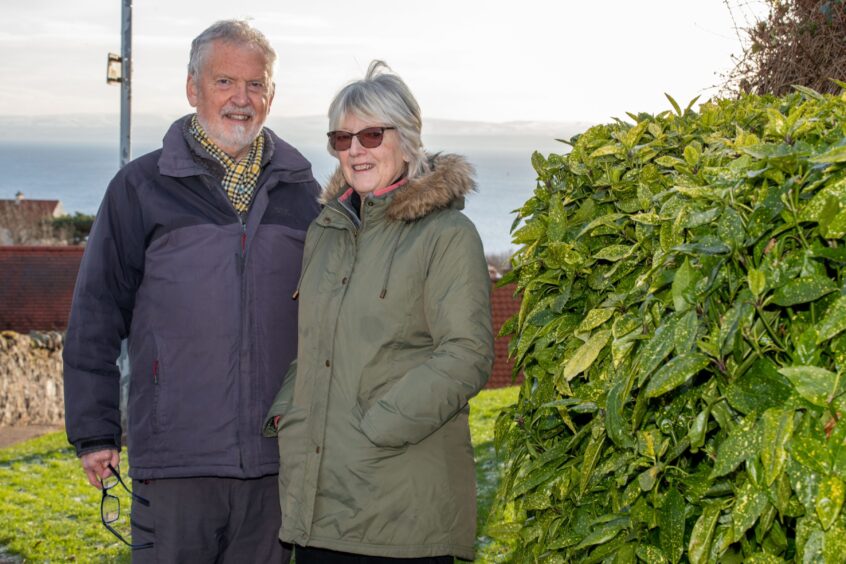
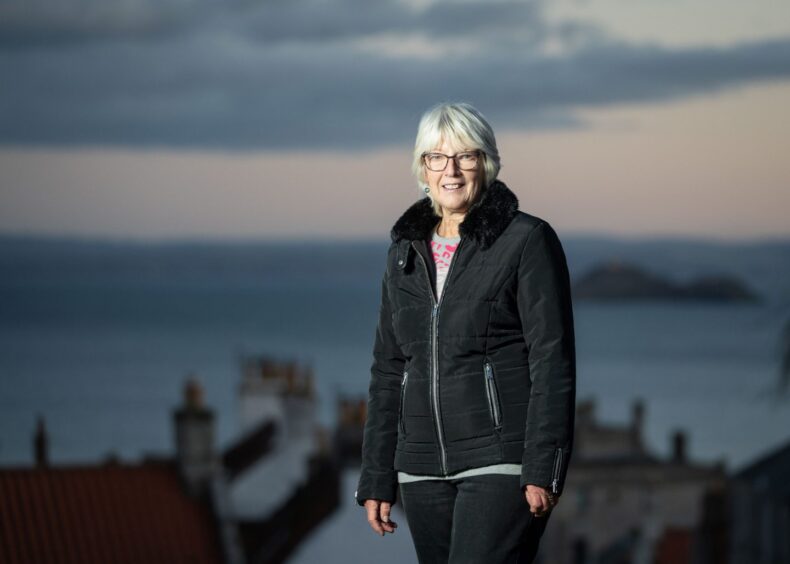
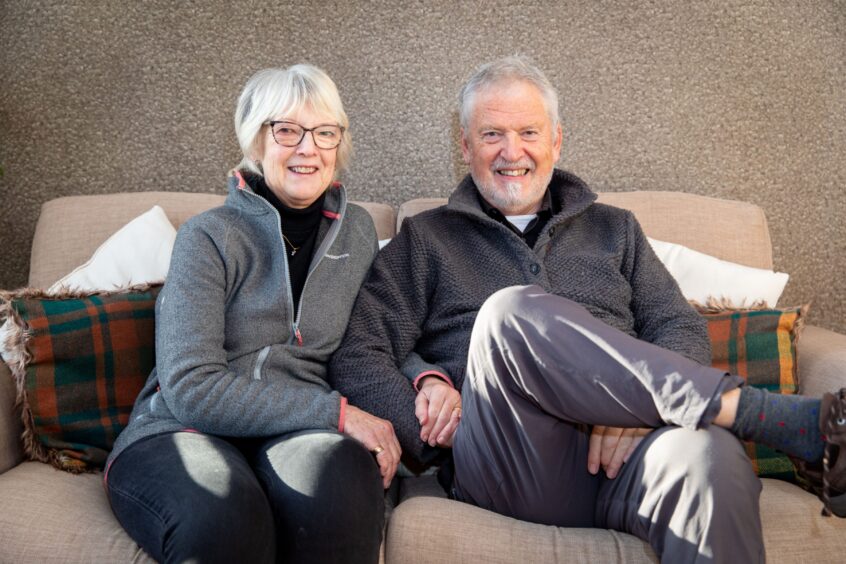
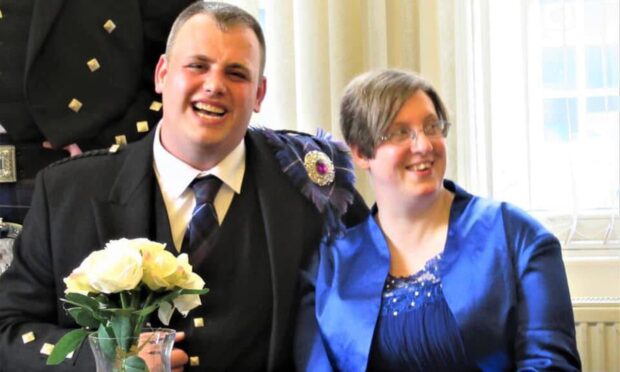
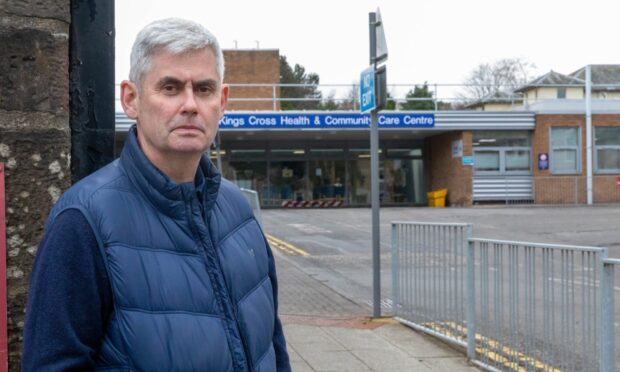
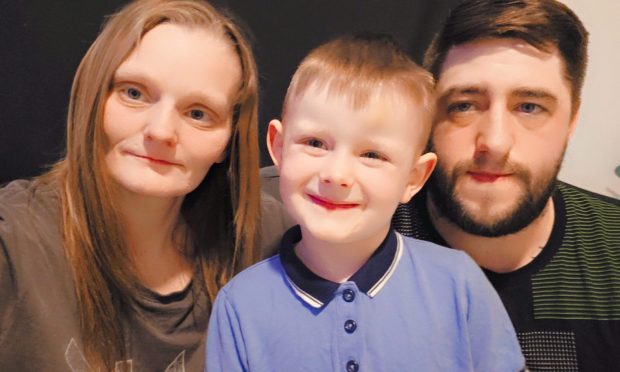
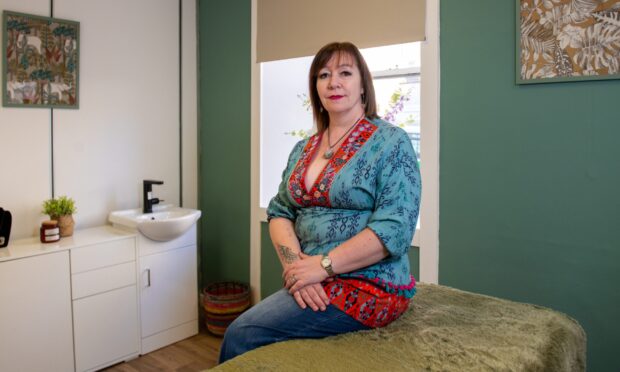
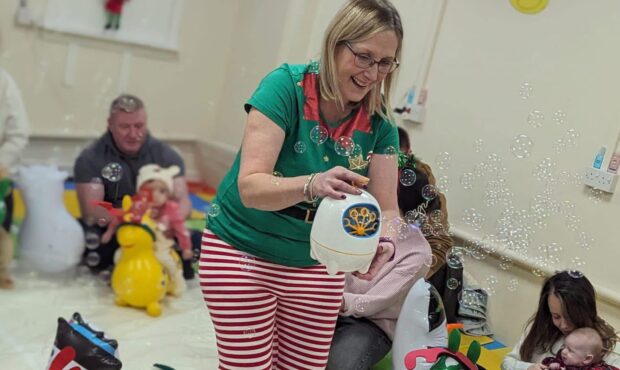

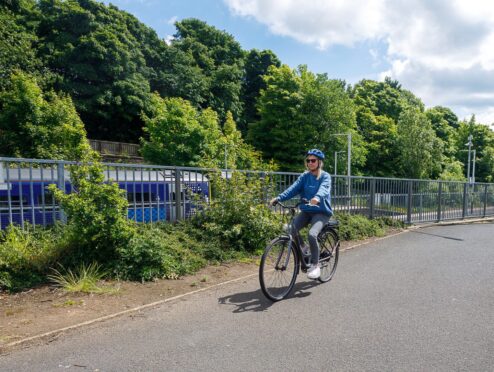
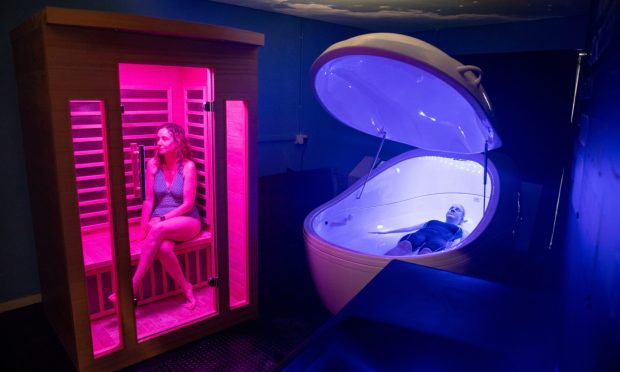

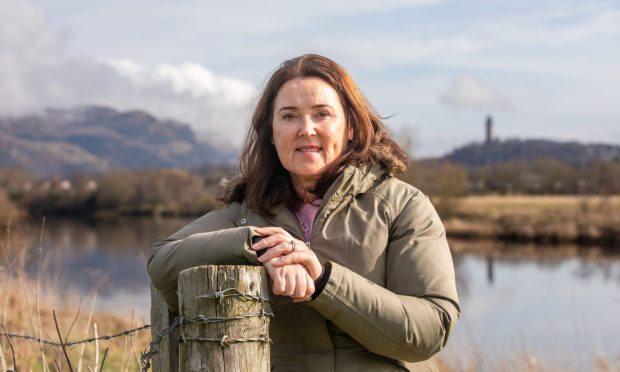
Conversation